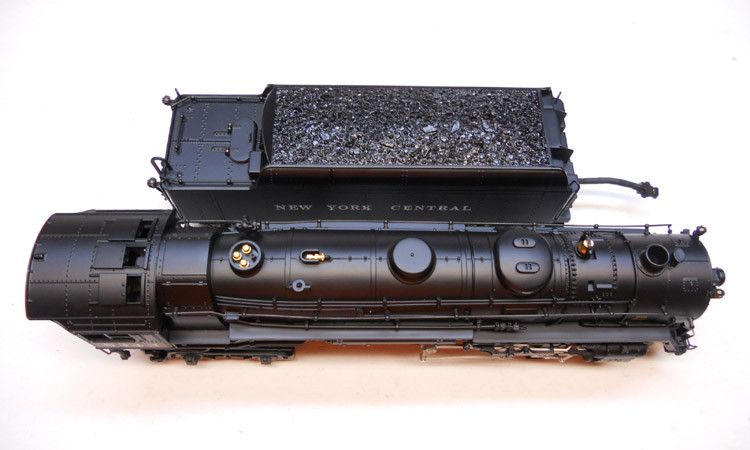I have a couple of original Lionel 700E locomotives, one from the 700W set with the scale freight cars, all in original boxes. That one has no issues.
The other 700E that I have is also in great condition, except that at some point in time someone drilled a small hole in the top of the cab! I am not sure why they would do that as the locomotive and tender are in like new condition otherwise, complete with their original boxes. I bought this locomotive many years ago with the intent to fill and patch the small hole. Does anyone have any ideas of the best way to do that without damaging the die cast shell?
Thanks!
J






